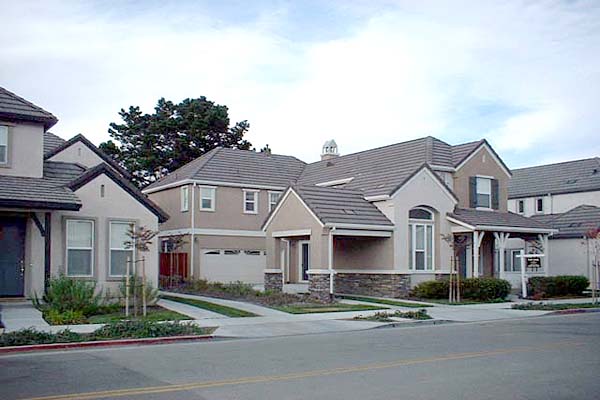BUFFER ZONE
Understanding the Significance of Buffer Zones in Real Estate
In the realm of real estate, the concept of buffer zones plays a pivotal role in shaping the dynamics of property development, land use, and environmental preservation. Defined as areas of land designed to act as a transitional space between two distinct zones, buffer zones serve multifaceted purposes that contribute to the sustainability, functionality, and harmony of the built environment. From ecological conservation to noise mitigation, the importance of buffer zones reverberates across diverse facets of real estate and urban planning.
Ecological Preservation and Biodiversity
One of the primary functions of buffer zones in real estate pertains to ecological preservation and biodiversity conservation. By creating natural buffers between developed areas and sensitive ecosystems such as wetlands, forests, or wildlife habitats, these zones safeguard the integrity of natural landscapes while minimizing the impact of human activities on delicate ecological systems. This approach fosters a harmonious coexistence between urban development and the natural environment, nurturing a sustainable equilibrium that benefits both present and future generations.
Noise and Visual Barrier
In urban landscapes, buffer zones serve as effective tools for mitigating the effects of noise pollution and enhancing visual aesthetics. By incorporating green spaces, sound-absorbing structures, or architectural design elements, buffer zones help shield residential, commercial, or recreational areas from intrusive noise emanating from industrial zones, transportation corridors, or other sources of urban clamor. Additionally, these zones contribute to the creation of visually appealing transitions between different land uses, enhancing the overall ambiance and livability of the built environment.
Property Value and Community Well-Being
The presence of well-designed buffer zones can significantly impact property values and community well-being. By preserving natural landscapes, fostering serene surroundings, and mitigating environmental nuisances, buffer zones elevate the desirability of adjacent properties, thereby positively influencing their market value. Furthermore, the integration of green spaces and recreational amenities within buffer zones enhances the quality of life for residents, fostering a sense of community, tranquility, and connectivity within urban and suburban neighborhoods.
Regulatory Compliance and Urban Planning
From a regulatory standpoint, buffer zones play a crucial role in urban planning and land development. Zoning regulations and land use policies often mandate the incorporation of buffer zones to ensure compliance with environmental protection measures, public health standards, and urban design guidelines. As such, buffer zones represent a fundamental component of comprehensive urban planning strategies, guiding the sustainable growth and development of cities and municipalities.
From a regulatory standpoint, buffer zones play a crucial role in urban planning and land development. Zoning regulations and land use policies often mandate the incorporation of buffer zones to ensure compliance with environmental protection measures, public health standards, and urban design guidelines. As such, buffer zones represent a fundamental component of comprehensive urban planning strategies, guiding the sustainable growth and development of cities and municipalities.
Conclusion
In conclusion, the concept of buffer zones in real estate embodies a synergy of environmental stewardship, urban design principles, and community well-being. As integral components of sustainable development, buffer zones exemplify the harmonious coalescence of human habitation and ecological preservation, underscoring the significance of thoughtful land use practices and conscientious urban planning. By recognizing the multifaceted benefits of buffer zones, stakeholders in the real estate industry can contribute to the creation of vibrant, resilient, and ecologically responsible built environments that endure as legacies of wise stewardship and visionary urbanism.
How do buffer zones impact property values in real estate?
Can you provide examples of effective buffer zone design elements?
What are the key regulatory considerations for implementing buffer zones?
MORE REAL ESTATE TERMS
A, B, C, D, E, F, G, H, I, J, K, L, M, N, O, P, Q, R, S, T, U, V, W, X, Y, Z
Featured New Home

Featured Mortgage Brokers
- Mainstream Funding Network, Inc., mortgage broker in Williamsville, NY
5586 Main St.
Williamsville, NY 14221 - Harvard Mortgage, mortgage broker in Albuquerque, NM
9551 Paseo del Norte NE
Albuquerque, NM 87122 - TOP FLITE FINANCIAL INC, WEST LINN, OR
1800 BLANKENSHIP RD STE 200
WEST LINN, OR 97068 - VENTA FINANCIAL GROUP INC, LAS VEGAS, NV
1300 S JONES BLVD STE 150
LAS VEGAS, NV 89146 - MOVEMENT MORTGAGE LLC, COLUMBIA, SC
1129 SPARKLEBERRY LANE EXT
COLUMBIA, SC 29223